
A New South Wales man with heart failure lived with the artificial heart for over 100 days while waiting to be matched with a heart donor.

Researchers say the 3.47-billion-year-old meteorite impact crater could help explain how life on Earth began.
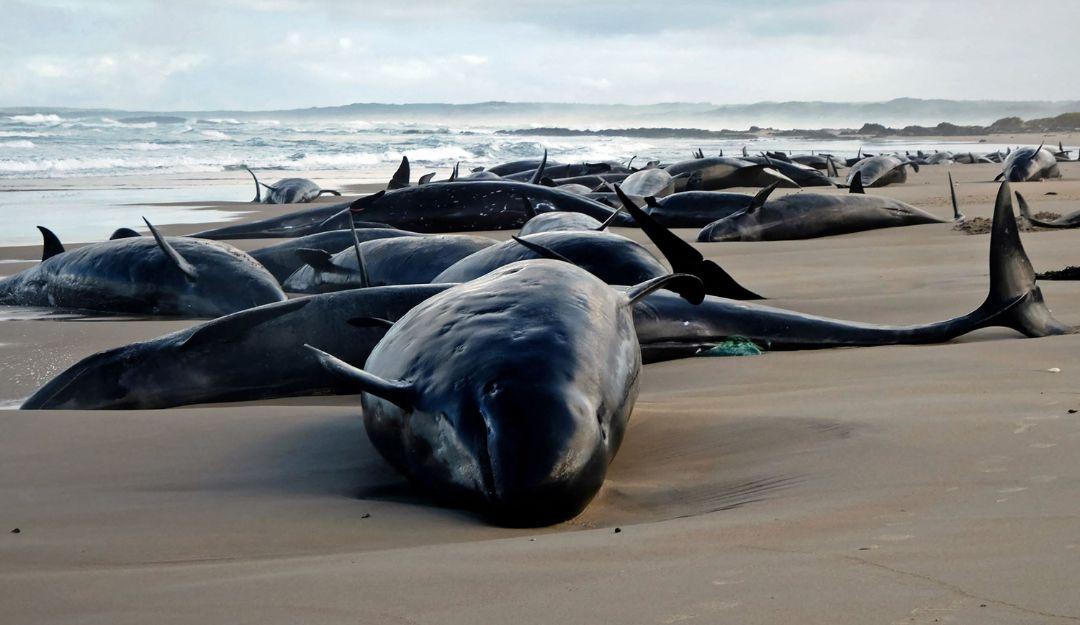
A pod of 157 dolphins has become stranded on a remote beach in Tasmania, with dozens already dead and efforts underway to save the survivors.
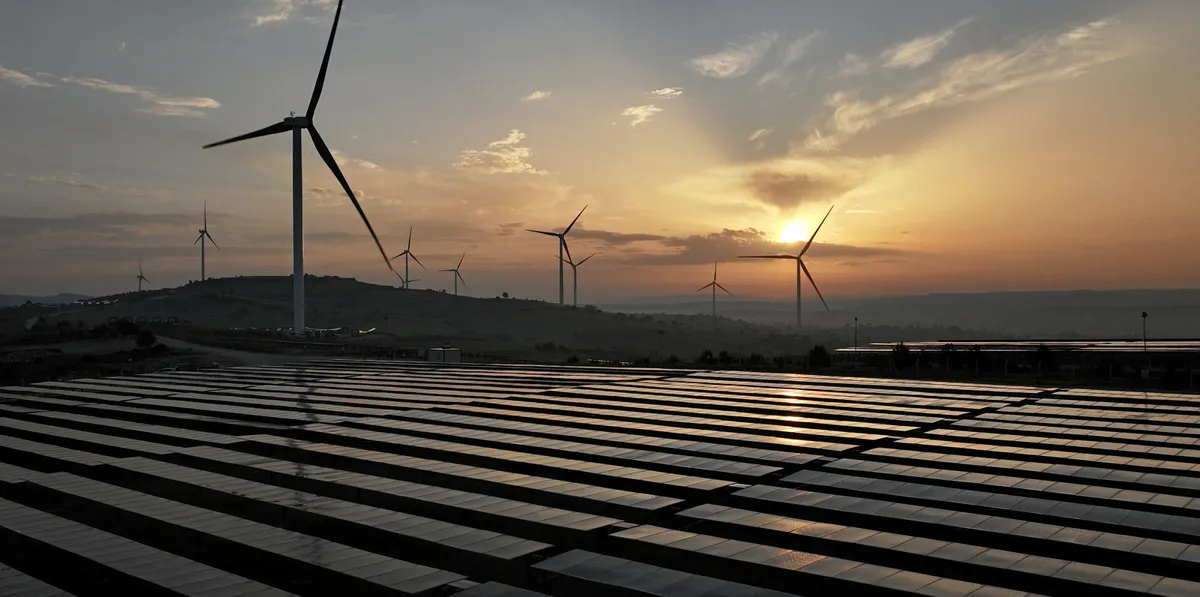
The world’s largest planned renewable energy project would be bigger than entire countries, with onshore wind turbines potentially triple the size of current market leading machines, according to new documents.

Parts of the Great Barrier Reef have suffered the highest coral mortality on record, Australian research showed Tuesday, with scientists fearing the rest of it has suffered a similar fate.
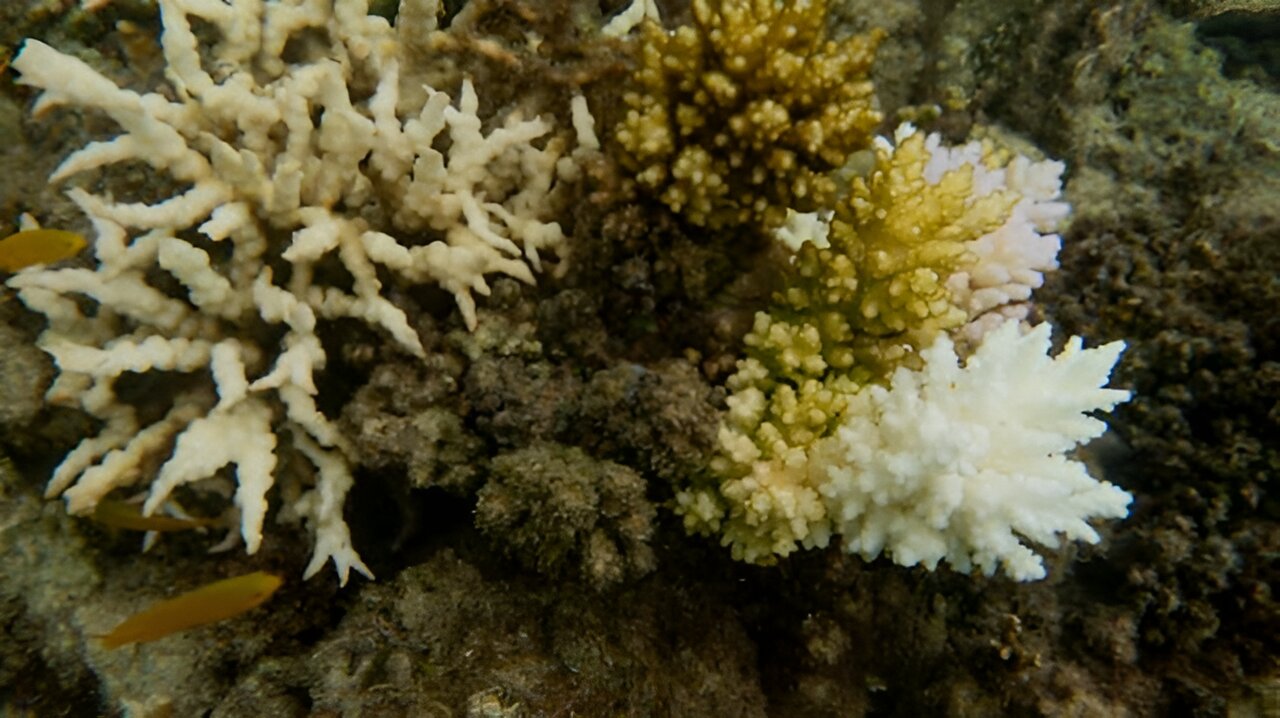
The results are sobering confirmation that global warming will continue to damage the Great Barrier Reef. If humanity does not divert from its current course, our generation will likely witness the demise of one of Earth's great natural wonders.

A longitudinal study by UQ researchers has found high-intensity interval exercise improves brain function in older adults for up to 5 years.
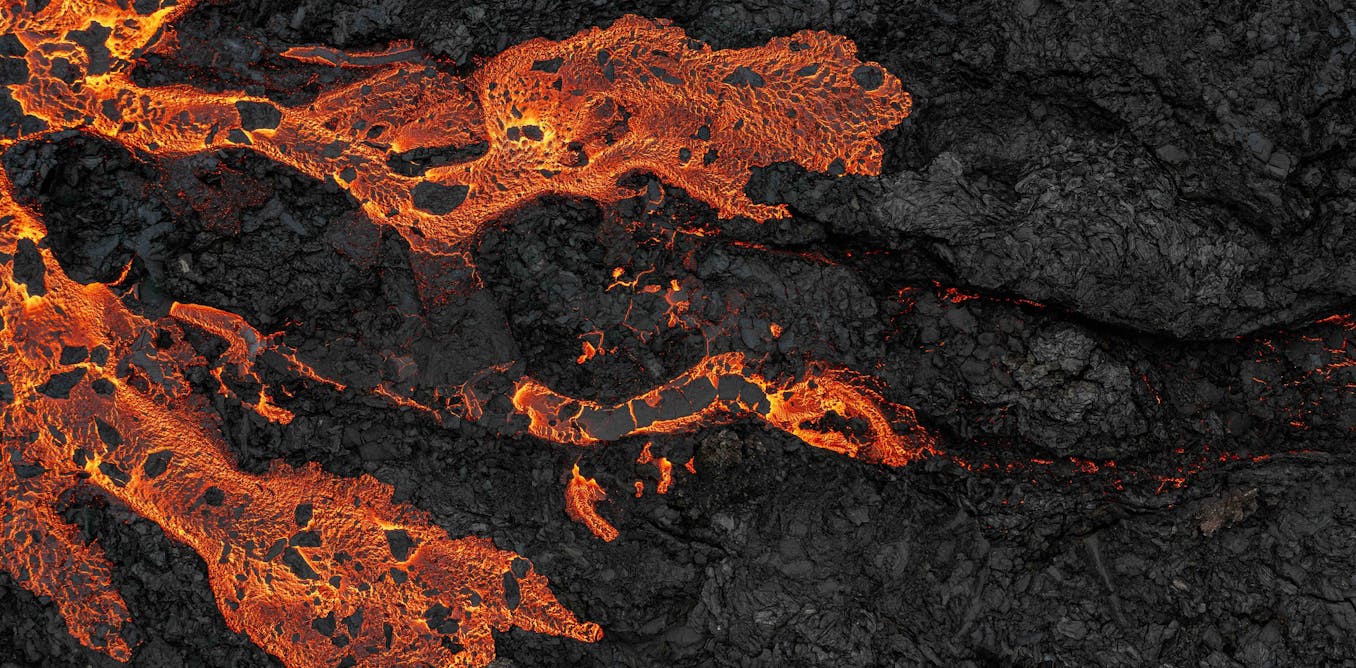
Our planet was born around 4.5 billion years ago. To understand this mind-bendingly long history, we need to study rocks and the minerals they are made of. In a new study, evidence of rocks of a similar age were found in Australia.
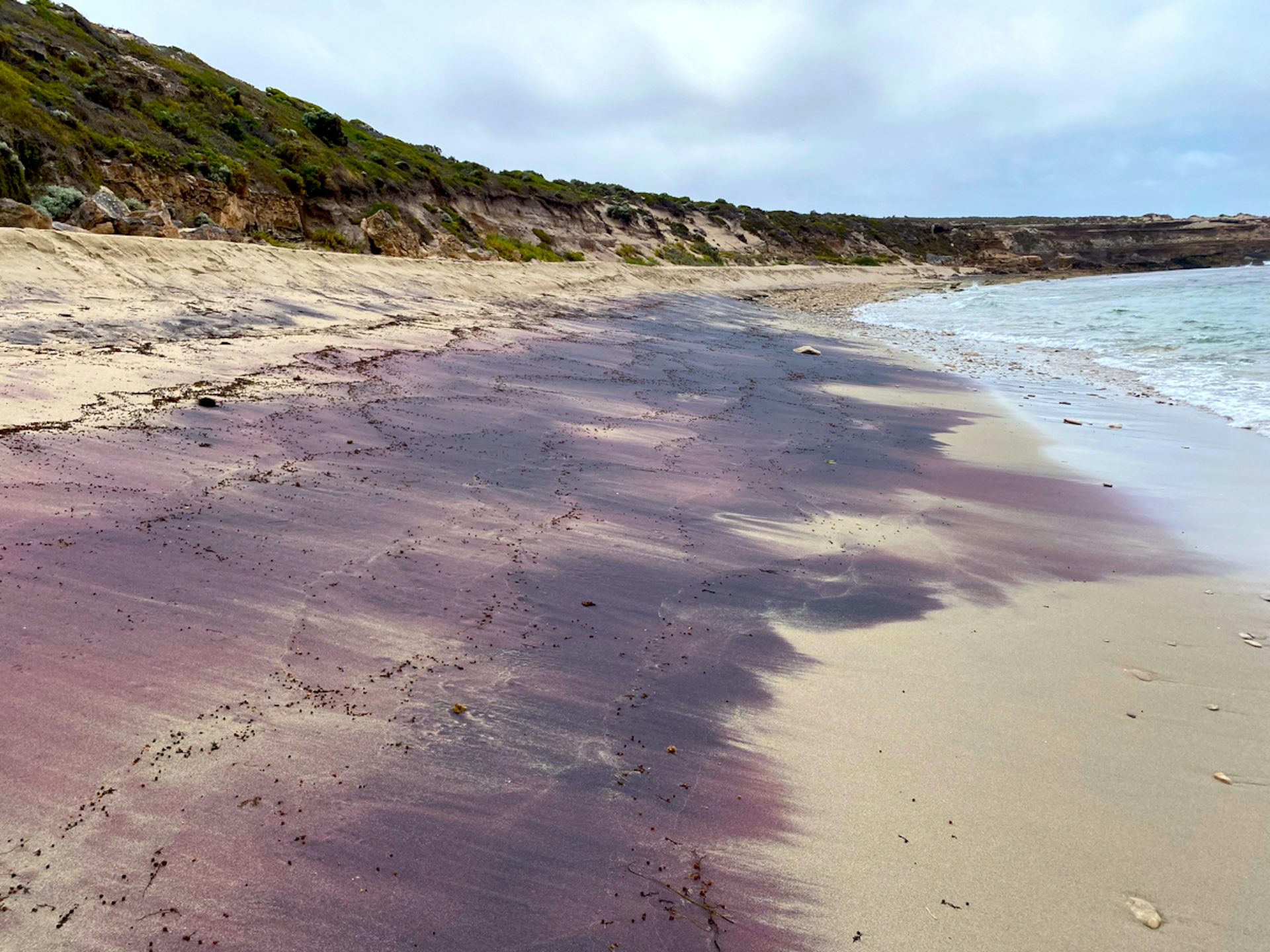
The hunt for the origin of garnet crystals found on South Australian beaches took researchers thousands of kilometres and half a billion years back in time to a hidden Antarctic mountain range.

Australian scientists used an advanced 3D printing technique to create a super strong, super lightweight new "metamaterial".

Researchers at RMIT University find a way to replace the electrolyte in lithium-ion batteries with water, an innovation that could remove the fire risk entirely.

Australian passenger vehicles are emitting 50% more carbon dioxide (CO₂) than the average of the world's major markets. And the real-world situation is even worse than official figures show.

Around 155 million years ago, a 5,000 km long piece of continent,Argoland, broke off western Australia and drifted away. As it turns out, Argoland is now in fragments, but is still there.

A radio telescope in Australia recently captured a stunning image of NGC 4632, a galaxy some 56 million light-years from Earth. The image reveals a halo of cool hydrogen orbiting perpendicular to the galaxy itself.

The Deniliquin structure spans up to 520 kilometres in diameter. This exceeds the size of the near-300km- wide Vredefort impact structure in South Africa, which to date has been considered the world's largest.